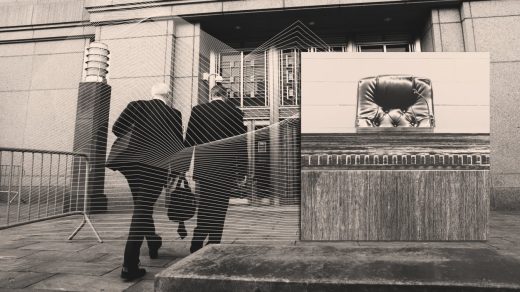Sam Bankman-Fried’s testimony offered two different glimpses of the same founder
Sam Bankman-Fried finished his direct testimony in his federal fraud case on Monday on reasonably strong footing, maintaining that he didn’t know about much of what was going on at FTX and Alameda Research, his crypto exchange and trading firm, until their implosion in November 2022. But in several hours of cross-examination, Bankman-Fried seemed less believable, claiming over and over that he didn’t remember statements and documents, and relying on answers like “I’m not sure” and “I’m not saying I didn’t say it.”
At one point, prosecutor Danielle Sassoon asked him, “Mr. Bankman-Fried, would you agree that you know how to tell a good story?”
“I don’t know,” Bankman-Fried answered. “It depends on what metric you use.”
While Sassoon didn’t land any knockout blows, she did manage to show serious cracks in Bankman-Fried’s credibility; like when, for example, she displayed a spreadsheet showing several versions of Alameda’s finances, which Caroline Ellison, Alameda’s CEO, had testified she made and sent to Bankman-Fried for approval. When Sassoon pushed Bankman-Fried on whether he’d reviewed the document, he said, “I don’t—I don’t—I don’t specifically recall.” She asked about metadata showing he’d viewed the document in June. “I knew that there was metadata that, in my view, suggested that I may have viewed this,” Bankman-Fried said.
Another strong moment for Sassoon came when she revealed a note he had written in December 2022, after FTX’s bankruptcy, about an attempt to claim that he personally owned some $650 million in Robinhood shares. “Weren’t you aware at that point that FTX customers couldn’t access their money?” she asked. “Extremely aware,” he answered. She then showed the note, which read, “Should I try calling up the broker HOOD is with and see if they’ll just give me the shares without thinking about it?”
The day brought two versions of the FTX founder. While on direct examination, Bankman-Fried looked engaged and even relaxed; on cross-examination, he twisted in his chair and wiped his brow. He largely stuck to the story he’d given on direct—that he wasn’t aware of Alameda using FTX customer funds for most of his time at the companies. Yet, especially given his good memory and pretty clear explanations on direct, his sudden lack of memory on cross could come across as dubious, as did his lawyerly speak. As Sassoon pushed him on whether Alameda was allowed to withdraw money from its line of credit off of the FTX exchange, while other customers had to use their line of credit on the exchange, he said, “I now believe that is probably true.”
He also pushed back on Sassoon’s questions, asking her to define terms or time frames, to specify what she was referring to, or to reframe the questions. She didn’t give any ground here, and though debating and rewording questions seems to be his natural stance, it’s a little risky in this context. After all, he seems to be trying to project to the jury an image of himself as an idealistic but slightly out-of-it chief executive; yet, someone willing to debate a federal prosecutor at his own trial doesn’t quite line up with that hapless image. “Could you just answer the question instead of trying to ask the question?” Judge Lewis A. Kaplan said midway through the testimony.
Cross-examination is expected to continue tomorrow, followed by redirect of Bankman-Fried from the defense, and one to two prosecution witnesses, wrapping up testimony in the case.
(24)



